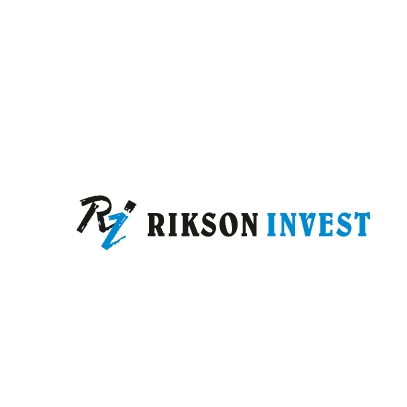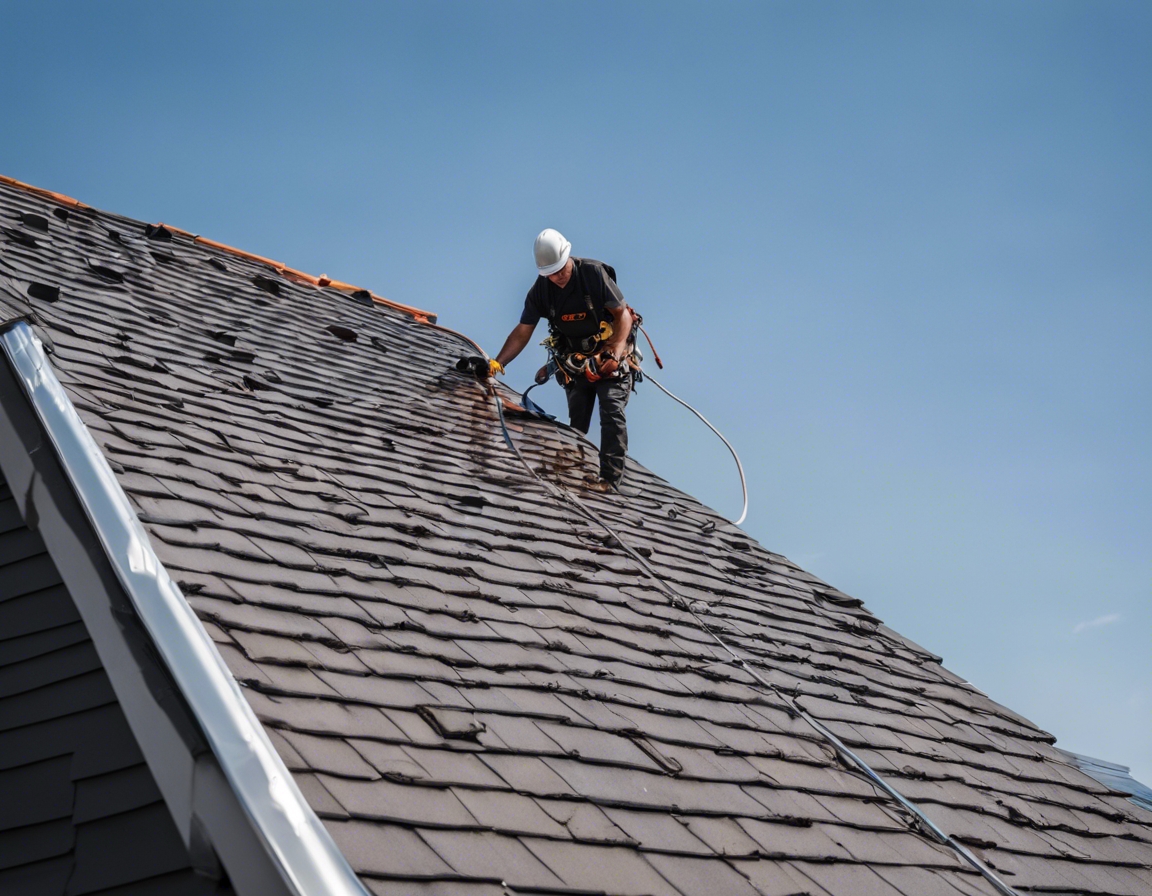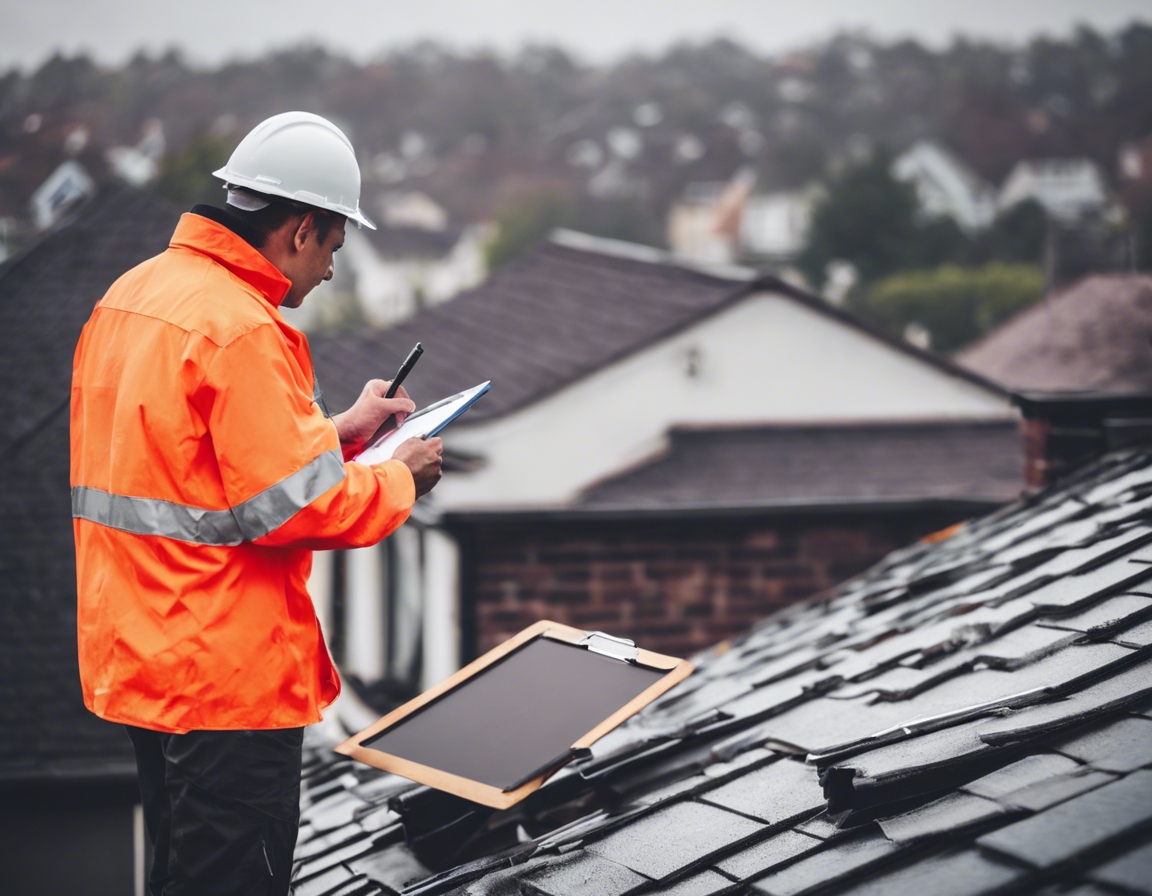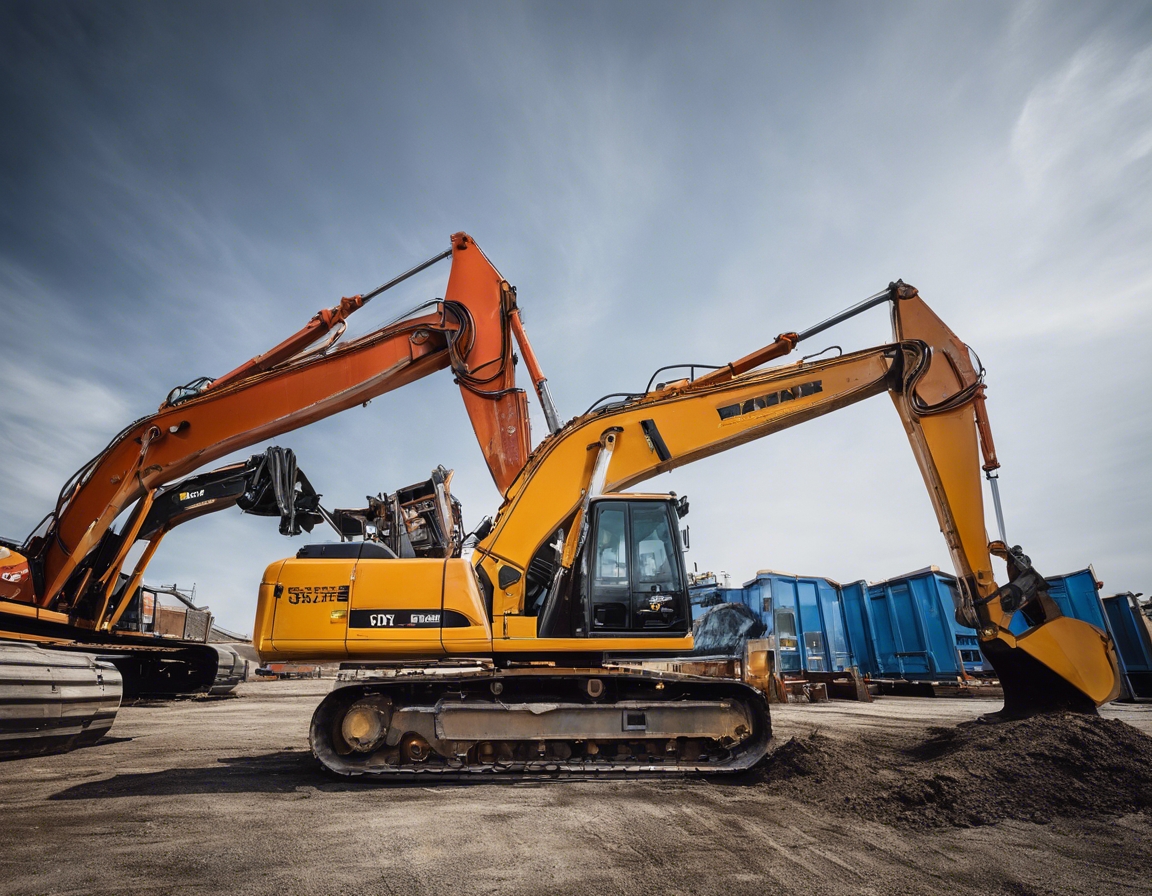The homeowner's guide to choosing the right roof profile
Roof profiles refer to the shape and design of a roof's structure. They are a critical aspect of a home's architecture, influencing not only aesthetics but also functionality and durability. A well-chosen roof profile can enhance the overall appearance of your home, provide adequate drainage, and withstand local weather conditions.
Choosing the right roof profile is essential for homeowners. It's not just about the visual appeal; the right roof profile can increase the longevity of your roof, improve energy efficiency, and even boost your property's value. With the right guidance, selecting a roof profile becomes a strategic decision that benefits your home for years to come.
Factors to Consider When Selecting a Roof Profile
The climate of your region plays a significant role in determining the appropriate roof profile. Areas with heavy snowfall require sloped roofs for proper snow shedding, while regions prone to high winds might benefit from aerodynamic profiles that reduce wind load.
The architectural style of your home should influence the roof profile you choose. Traditional homes may look best with classic gable or hip roofs, while modern homes could be complemented by flat or shed roof designs.
The materials used for your roof will affect its durability and maintenance requirements. Some materials may be more suited to certain profiles and can influence the overall longevity of your roof.
Energy efficiency is becoming increasingly important for homeowners. Certain roof profiles can enhance insulation and ventilation, leading to lower energy bills and a more comfortable living environment.
Local building codes and regulations may limit your choices for roof profiles. It's important to be aware of these restrictions before making a decision to ensure compliance and avoid potential fines.
Cost is always a consideration when making home improvements. The roof profile you choose will impact the initial installation cost as well as long-term maintenance expenses.
Types of Roof Profiles
Gable roofs are among the most common and are characterized by their triangular shape. They are well-suited for areas with heavy rain and snow because they allow for easy water runoff.
Hip roofs have slopes on all four sides, which come together at the top to form a ridge. This design offers excellent stability and resistance to wind.
Flat roofs are not completely level, as they need a slight slope for water drainage. They are often chosen for their modern look and the ability to utilize the roof space for other purposes, such as a rooftop garden.
Shed roofs are single-sloped and can be a good choice for home additions or modern style homes. They are simple to construct and can allow for higher ceilings or clerestory windows.
Mansard roofs are four-sided with a double slope on each side. The lower slope is steeper than the upper, which can create additional living space.
Gambrel roofs are similar to mansard roofs but have only two sides. They are often used on barns and are known for providing ample attic space.
Roofing Materials and Their Impact on Roof Profile
Asphalt shingles are a popular choice due to their cost-effectiveness and versatility. They can be used on a variety of roof profiles and come in many colors and styles.
Metal roofing is durable, lightweight, and can be used on both low and steep slope roofs. It's also available in a range of profiles, including standing seam and corrugated styles.
Clay and concrete tiles add texture and elegance to a roof. They are heavy and require a sturdy structure but are excellent for hot climates due to their insulating properties.
Slate roofing is known for its natural beauty and longevity. It is one of the most durable roofing materials and works well with traditional roof profiles.
Wood shakes and shingles provide a rustic look and are often used on historic or cottage-style homes. They require more maintenance but offer a unique aesthetic.
Installation and Longevity
Professional installation is key to ensuring the longevity of your roof. A skilled contractor can help you navigate the selection process and ensure that your roof is installed correctly.
The longevity of your roof is influenced by the quality of materials and installation. Warranties offered by manufacturers and contractors can provide peace of mind and protect your investment.
Environmental Considerations and Sustainability
There are a variety of eco-friendly roofing options available that can reduce your home's environmental impact. These include materials like recycled shingles or green roofs that support plant life.
When choosing a roof profile and material, consider the recyclability and the environmental impact. Sustainable choices can contribute to a healthier planet and may even result in tax benefits.






Comments (0)